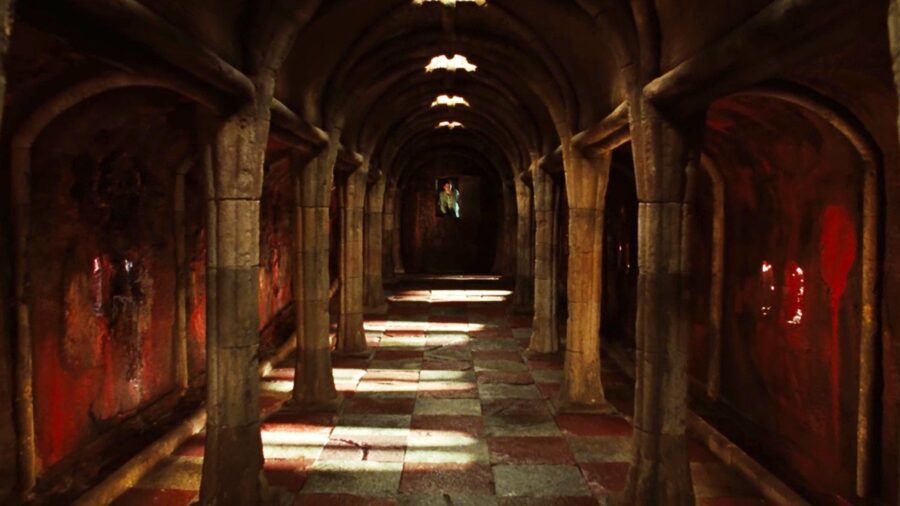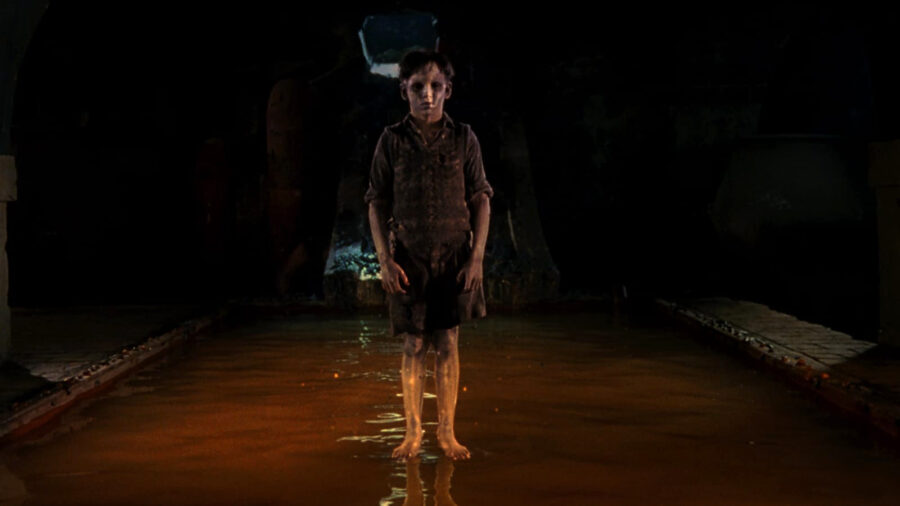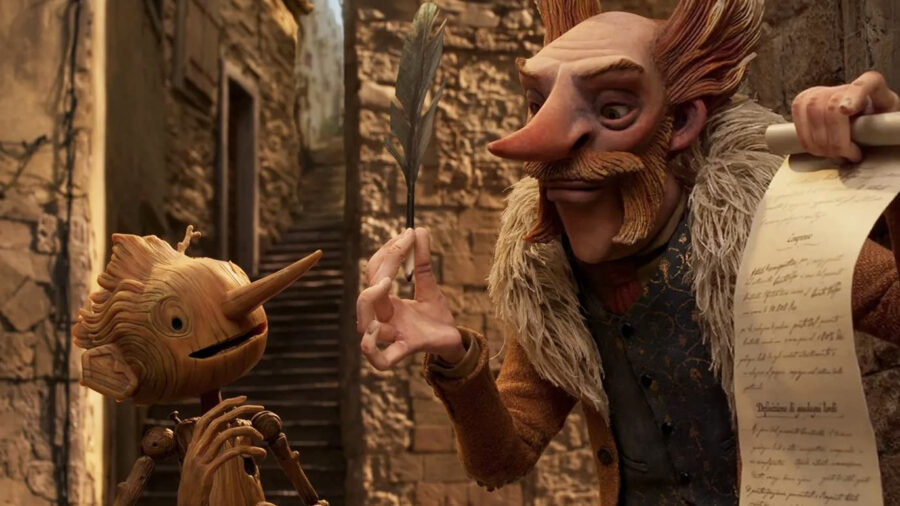The Horror Movie Master Whose Movies Are Being Hidden Away From New Fans

Guillermo del Toro has been named one of 100 most influential people in the world by Time magazine, and yet we don’t seem to talk about his films as much as we should. Most of his Spanish language work, which falls largely in the horror genre, is not even available to stream on most subscription services. Honestly, it’s a travesty.
The Genius Of Pan’s Labyrinth

I was first introduced to Guillermo del Toro’s work in 2006, when I went to the theater to see Pan’s Labyrinth, a film that juxtaposes the atrocities of the Spanish Civil War with the imaginary land of monsters, fairies, and other mythical creatures.
Little did I know at the time that this film would go on to win three Academy Awards and come to be known as one of the greatest fantasy films of all time.
Del Toro has a way of storytelling that pulls you in and terrifies you all at once. You’re never sure if the little girl, Ofelia, chasing fairies through a labyrinth will be harmed, saved, or find a way to save herself.
The Devil’s Backbone Is Equally Profound

The film that came just before Pan’s Labyrinth is a sort of realistic predecessor to it, according to Guillermo del Toro. The Devil’s Backbone is centered around an orphanage in Spain during the Spanish Civil War.
We meet a young orphaned boy, Carlos, who encounters the ghost of a boy in the orphanage. Around him wage the trials of war, and he soon finds himself befriending the orphanage bully and a ghost at the same time. The film is eerie, creepy, and deeply emotional as Carlos is first afraid of the ghost he thinks is haunting him, and then determined to get to the bottom of the boy’s death.
In these two films, del Toro makes clear his feelings about fascism and authoritarianism.
Del Toro’s English-Language Films

Guillermo del Toro is a Mexican filmmaker who is good friends with two other filmmakers from his country, Alfonso Cuaron, of Gravity and Roma fame, and Alejandro G. Inarritu, acclaimed director of films like Amores Perros, Babel, and The Revenant.
Together, the three filmmakers are often called The Three Amigos of Mexican Cinema.
Del Toro is the one among them who focuses primarily on fairy tales and magical realism. His English language films include Crimson Peak and Pinocchio, easily the best adaptation of this story I’ve ever seen.
Viewing The Above Films Is An On-Demand Endeavor

It’s interesting to note then that Guillermo del Toro’s work is hard to find streaming on a subscription service like Netflix or Hulu, with a few exceptions.
Instead, you have to hunt down the titles on Prime or somewhere else you would rent films and pay the $4 to watch. And if you’re like me, you have to shell out $10 to $20 to own a digital version so you can rewatch.
He’s a prolific and inarguably excellent storyteller whose works should be more readily available to new film fans, especially those with a deep love of celebrating the imperfect and the grotesque.
Worth The Cost Of Rental

For now, I suppose we’ll have to keep renting, buying, and telling everyone who will listen that Guillermo del Toro is one of the greatest horror and fantasy filmmakers of all time. My kids love his work, and it is clearly inspirational for those of us who appreciate writers and directors who can think, and create, outside of the box.












